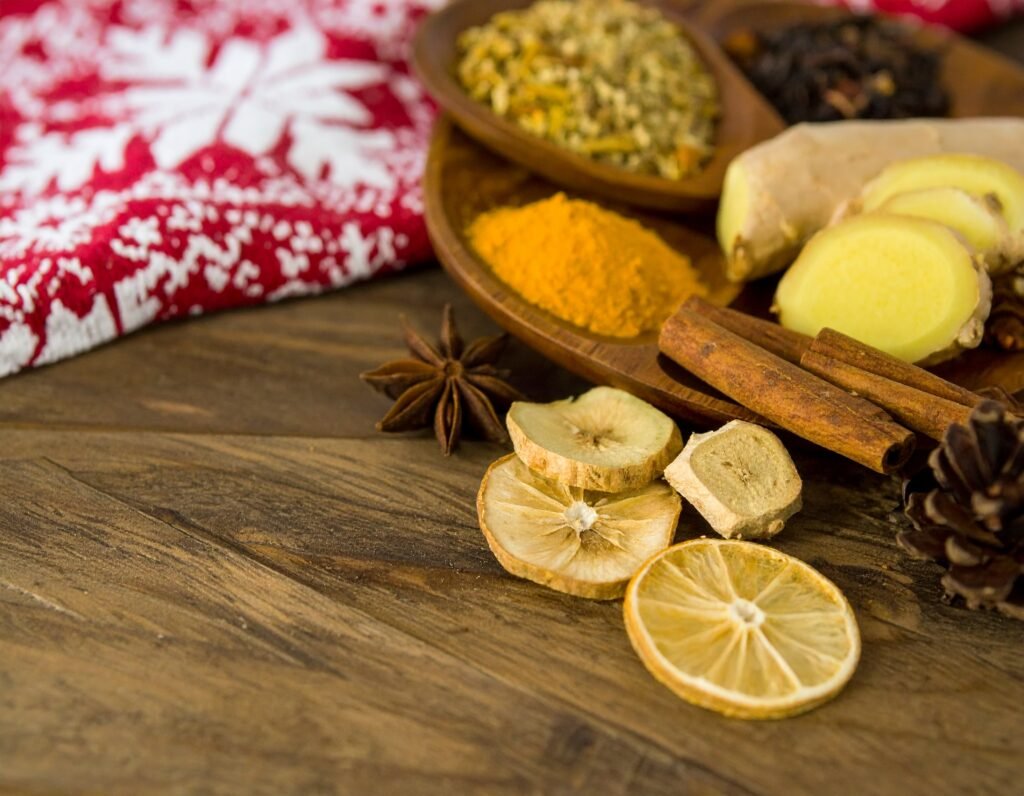
Licorice Root Tea for Radiant Skin: Brighten, Soothe & Glow Naturally
Looking for a gentle way to brighten dull skin or calm down redness without harsh treatments? Meet licorice root—a soothing herbal remedy used for centuries in Eastern medicine. Whether sipped as tea or applied topically, licorice can fade dark spots, balance skin tone, and reduce inflammation. In today’s guide, we’ll explore how to make licorice tea, and transform it into simple, effective DIY skin remedies for your glow-up routine.

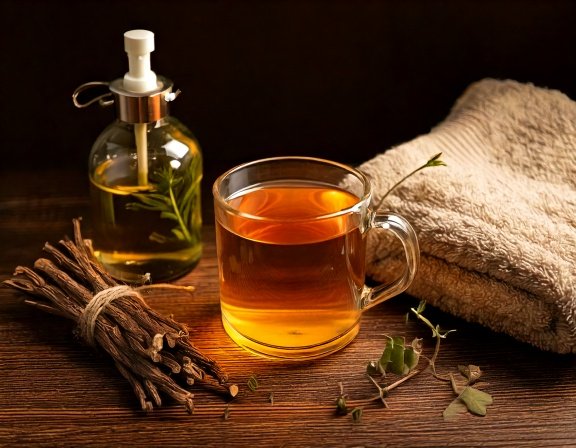
Get a printable chart of tea recipes and DIY face mists for healthy, radiant skin—plus exclusive tips for brightening and evening your tone.
Download Now
The Sweet Herb That Softens and Brightens
Licorice is rich in glabridin, which naturally fades hyperpigmentation and dark spots. It calms redness by inhibiting pro-inflammatory enzymes. It also supports rosacea, eczema, and sensitive skin when used internally and topically.
Active Compounds: Glabridin + Licochalcone A—brighten complexion, reduce melanin production, and soothe redness from acne or sun exposure.
DIY Licorice Root Tea (Internal Use)
Internal Skin Soother
Ingredients:
- 1 tsp dried licorice root
- 1½ cups hot (not boiling) water
- Optional: cinnamon, ginger, or spearmint for flavor
Instructions:
- Steep licorice in hot water for 10–12 minutes.
- Strain and enjoy 1–2 times per day.
- Do not exceed 2 cups daily for extended periods.
(Not recommended during pregnancy or with high blood pressure.)
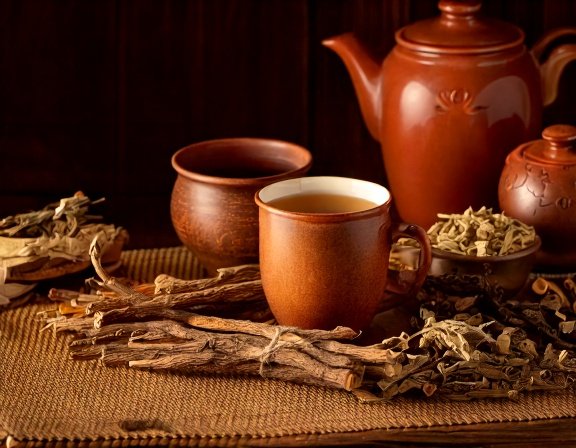
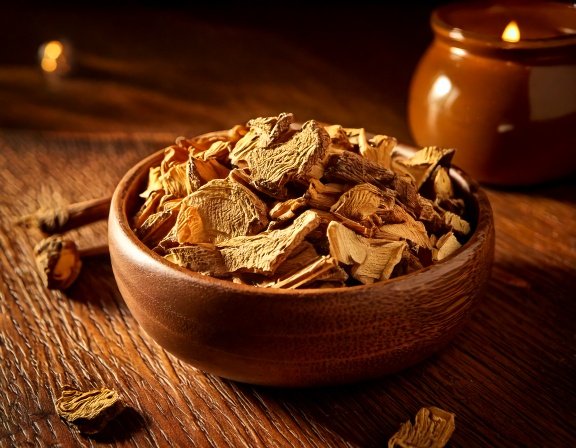
DIY Glow-Boosting Herbal Spritz (External Use)
Ingredients:
- ½ cup strong licorice tea (cooled)
- 1 tsp witch hazel (alcohol-free)
- 3 drops lavender or rose essential oil
- Spray bottle
Instructions:
- Brew licorice tea double strength (2 tsp root per ½ cup water).
- Let cool completely and strain.
- Combine with witch hazel and oils in a spray bottle.
- Store in fridge. Use as a toner 1–2x/day for redness or spot control.

Sustainably sourced, high-potency licorice root—perfect for tea, infusions, and skin DIYs.
Shop Licorice Root Tea
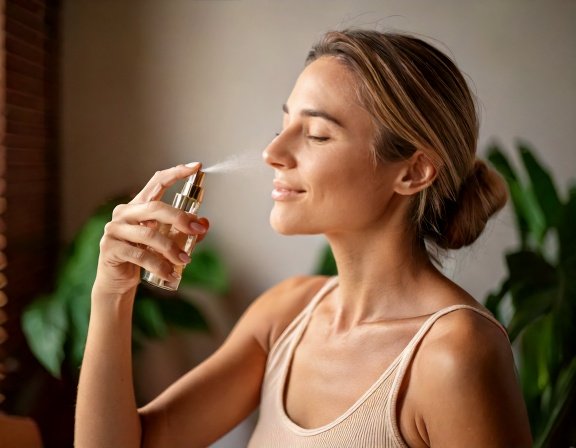
Clean beauty formula—includes organic licorice extract, witch hazel, and botanicals. For daily brightening and redness relief.
Shop Licorice Toner at Amazon
Tips for Using Licorice for Skin
- For hyperpigmentation, apply toner daily to dark spots.
- Pair internal and external use for best results.
- Always patch test—especially if using near eyes.
- Limit long-term use internally to avoid affecting cortisol or blood pressure.
This herbal recipe is shared for educational purposes only, based on traditional use and available sources. It is not medical advice. Please consult your healthcare provider before use, especially if pregnant, nursing, or on medication.
Did you know?
Traditional Chinese Medicine calls licorice “The Great Harmonizer”—it’s believed to enhance the effects of other herbs and reduce toxicity in herbal blends.
Ready to Sip and Spritz Your Way to Glowing Skin?
Subscribe for more!
The content on this website is for informational purposes only and is not a substitute for professional medical advice, diagnosis, or treatment. Always seek the advice of your physician or other qualified health provider with any questions you may have regarding a medical condition.
1. Armanini, D., et al. “Licorice: from pseudohyperaldosteronism to therapeutic uses.” Frontiers in Endocrinology, 2011.
2. American Botanical Council: Licorice Root Monograph.
3. Journal of Investigative Dermatology: “Licorice Extracts for Hyperpigmentation and Inflammation”
4. Natural Medicines Comprehensive Database.